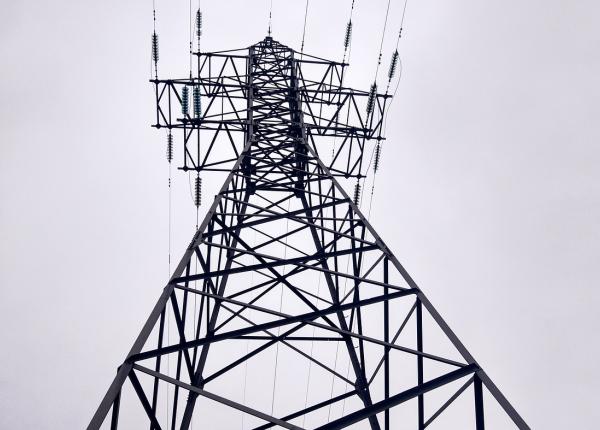Transmission
Synapse assesses the costs, impacts, and technical issues associated with proposed transmission solutions and non-transmission alternatives.

Transmission Planning and Siting
Synapse assesses the costs, impacts, and technical issues associated with transmission solutions and non-transmission alternatives in order to inform better policy and planning decisions. As part of this work, we frequently use computer simulation models to analyze market power and reliability impacts, quantify costs and benefits, and investigate power flow.
Our work evaluates:
- The need for proposed transmission lines to eliminate or reduce costs in constrained areas to improve system reliability or meet environmental and policy goals
- The economic costs and benefits of proposed transmission lines versus alternative resource options
- Undergrounding versus overheading relocated and new transmission lines
- Regional transmission planning processes
- The impacts of new transmission lines along proposed and alternative rights-of-way
- The impact of new transmission projects on financial transmission rights and the associated auction revenue rights for load customers
- The allocation of costs associated with building new transmission
- Regional system planning processes to ensure “least cost” proposals (including non-transmission alternatives) for identified system problems
- FERC 888 open access transmission tariff structures and related issues, including cost allocation impacts, Canadian border import/export issues, and other seams effects



